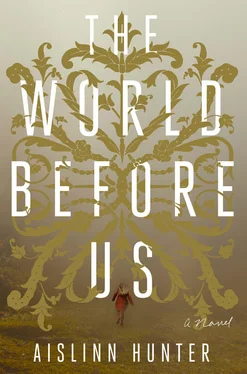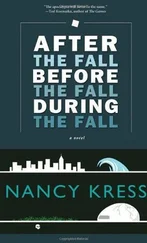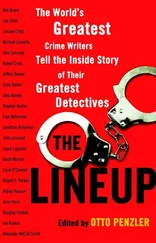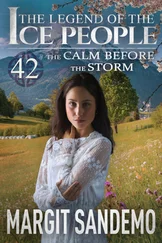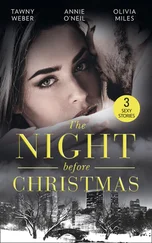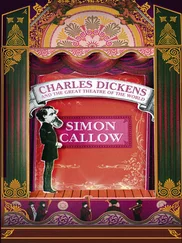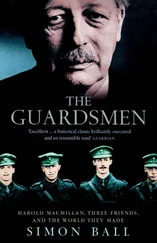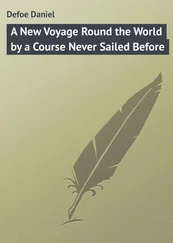Charlotte’s bracelet is on display in a small room that was once their maid’s quarters. There are five galleries on the second floor: the zoological specimens are in the centre gallery, with the scientific, botanical, ceramic and print galleries in satellite rooms. The Chester cabinet is in an alcove off the print gallery. When Jane walks through the main archway she finds a half-dozen people looking at the wall of early Victorian photographs and a man studying the explorer Fitzgerald’s hand-drawn map of the Kalahari Basin but no one at the Chester cabinet, so she takes out her key and unlocks its glass door.
The Chester family collection wasn’t properly archived when Jane was hired, even though Gareth had been wanting a display for years and had been setting aside any relevant documents or artifacts he’d come across since he was brought on as the museum’s director. The cabinet now contains some five shelves of the family’s belongings including a handwritten copy of one of Edmund’s Society speeches, his open ledger, an invitation to the museum’s first public exhibit, yellowed newspaper clippings and old photographs of early displays. On the middle shelf are two facsimile pages of Charlotte’s diary in which she describes the delivery of a pair of mammoth tusks, as well as a sketch she made of the natural history hall in the 1880s and a caricature of Edmund carrying a whale on his back. Her hand-held mirror and pearl hair combs are nestled on the lowest shelf next to a square of needlework, two smelling-salts bottles, a jet brooch and the scarab bracelet — the beetle mounted in an overlarge bauble of glass and braced like a cameo on a wide velvet band.
There is no official history of the Chester Museum, but Jane, as the compiler of the Chester family’s archives, has sifted through a number of descriptions of the museum’s early years. Most of the details come from Edmund’s letters, although Charlotte’s diaries and various Society announcements have added to his account, and objects in the collection — like the presentation notes Edmund wrote up on cards for that first night’s exhibit — have added to Jane’s sense of how those early evenings unfolded, the men usually staying late for a round of drinks and cigars that Edmund gamely provided.
In the eight months it took Jane to catalogue Edmund’s letters and ledgers she came to imagine him clearly, and often it was the ephemera that revealed him to her the most: the arrangement of objects for his first exhibit hastily drawn on the back of his wife’s note to the maid about cleaning the wainscotting; the names of those he’d invited in his daybook, each attendee ticked off diligently in a firm hand or crossed off in bold strokes. This is one of the marvels of existence, Jane thinks, as she takes the bracelet off its support and lays it gently over her own wrist: that so much can be recreated; that all the bits and snippets — the receipts for roses, inventories tucked into books, even sherry glasses or cigar boxes or the worn clasp on a velvet band — are enough to conjure whole lives.
Three years after Edmund Chester’s first exhibition in the parlour of his home, his “museum”—a roped-off arrangement of three rooms on the lower floor of the house — was opened to the public. Visitors could come weekdays from noon until two and all day Saturday with tickets at a half-shilling. Thursday evenings the house was open from six until eight for gentlemen members of the various societies, and once a month, on the last Friday, it was open to those gentlemen and their wives — though the florid regrets tucked into Edmund’s daybook indicate that the wives rarely visited a second time. The lower rooms of the house had, by then, started to take on a distinctive fetor from exhibits that were not always properly preserved, and from the constant traipsing in and out of what Charlotte called “the rabble”—men on their half-day off, reeking of the pubs, or women carting their children and market purchases. Even the padded chairs in the breakfast room adjacent to the display suites had started to emit a fusty smell, despite Charlotte’s weekly airing of the house and her attempts to beat the cushions into scentless submission. By the end of the museum’s first year Charlotte gave up, and she, Edmund and their young children removed themselves to the upper floors, resettling the “step girl” in the almost uninhabitable attic.
Charlotte was interested in details. She wrote eloquently in her diary about the minutiae of the collections, about arguments and making up, about Edmund’s ridiculousness and his quiet, attentive virtue. If Jane ever needs to know how to remove grease stains from hardwood or how to pin the femur of a Loris skeleton onto its pelvic bone, Charlotte’s diaries can tell her. It is, Jane knows, one of the reasons she is drawn to the bracelet: Charlotte’s ability to tell a story; the woman’s side of a man’s world, glimpsed in an age of exclusion. Charlotte’s caricature of Edmund carrying the whale on his back was drawn on the bottom of a letter to her sister, a letter in which Charlotte recounted an overture made by Edmund one evening after a glass of brandy with a professor of zoology from Brest. He’d pulled up a chair beside their bed after the professor had left and broached the possibility of purchasing a bowhead skeleton. Charlotte sat up against the pillows and stared at him blankly. “A bowhead skeleton?”
“Hilaire has one,” Edmund said. “It won’t cost much.”
Jane has always liked to imagine this scene and so we see it in the same way she does: Edmund would take Charlotte’s hand in his and kiss her palm, revelling in the lilt of lavender or lilac on her wrist after the fug of the cigars downstairs. Buoyed by expectations, he would glance up at her smart, pretty face only to be surprised at the tightening of her jaw. In circumstances such as these it was his strategy to bide his time, to drop the matter and ask again after the next success: a write-up in the paper, a visit from someone notable. He would demur, say, “We can talk about it later. I shouldn’t have woken you.” Then he would set her hand down on the quilt and drop his own over it.
“Recklessness doesn’t suit you, Neddy.” We can see Charlotte saying this firmly while extracting her hand. Can imagine her yanking the sheets made in Edmund’s textile factory up around her neck as she turns to the wall and demands a proper house in which children can be raised without being subject to fantastical sea creatures and pickaxes. Charlotte informing Edmund, finally, that she refuses to speak to him again until he puts in an offer on the terraced house next door — an offer that, we know, would have demanded considerably more than he could afford.
Edmund Chester did well in manufacturing. His company’s linens, at the end of the nineteenth century, could be found in one out of every eight respectable English houses. At the end of his life he wrote that he had only one real regret — that he would’ve liked to travel more, to have been a man of adventure himself. In the Chester’s early years he’d confessed to Charlotte that he sensed it wasn’t the museum, but his engagement with, and support of, a particular breed of gentlemen that would be his legacy. He believed things ought to be remembered as attached to the people who held them in their hands. “What we pay attention to defines us,” he wrote in a letter to his son, when Thomas was twenty and preparing to enter law school. Edmund Chester paid attention to what the men and women of his time thought mattered, to what they carried back with them from their forays into Africa, Asia, the Arctic, Europe and the Middle East. What they brought back in sacks, caught in traps, nets, cut with chisels, fashioned with their own hands.
Читать дальше
